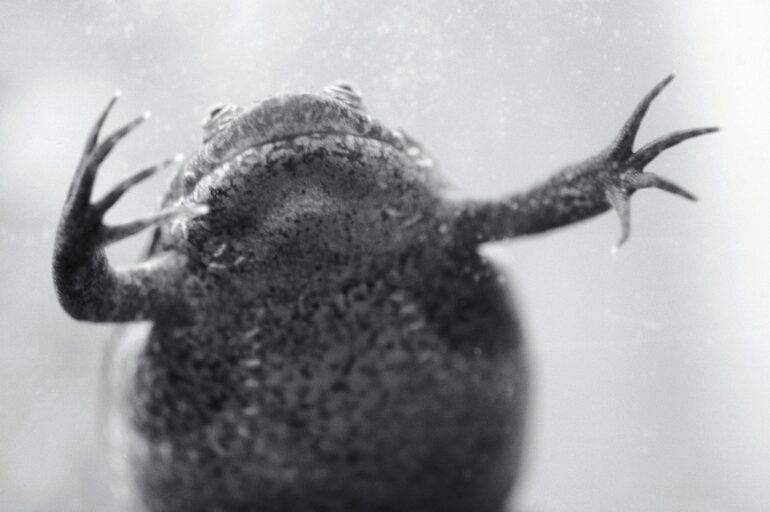Our bodies connect us to the world. When people lose parts of their bodies to disease or traumatic injury, they often feel that they’ve lost a part of who they are, even experiencing a grief akin to losing a loved one. Their sense of personal loss is justified because unlike salamanders or snarky comic book characters like Deadpool, adult human tissues generally do not regenerate – limb loss is permanent and irreversible.
Or is it?
While there have been significant advances in prosthetic and bionic technologies to replace lost limbs, they cannot yet restore a sense of touch, minimize the sensation of phantom pains or match the capabilities of natural limbs. Without reconstructing the limb itself, a person won’t be able to feel the touch of a loved one or the warmth of the sun.
We are researchers in regenerative and developmental biology and biomedical engineering. Our recent study in the journal Science Advances showed that just 24 hours of a treatment we designed is enough to regenerate fully functional and touch-sensitive limbs in frogs.
Kickstarting regeneration
During very early development, cells that will eventually become limbs and organs arrange themselves into precise anatomical structures using a set of chemical, biomechanical and electrical signals. In considering ways to regenerate limbs, we reasoned that it would be much easier to ask cells to repeat what they already did during early development. So we looked for ways to trigger the “build whatever normally was here” signal for cells at the site of a wound.
One of the major challenges in doing this, however, is figuring out how to create an environment that encourages the body to regenerate instead of forming scars. While scars help protect injured tissue from further damage, they also change the cellular environment in ways that prevent regeneration.
Axolotls are known for their powerful regenerative abilities.
Some aquatic animals such as the axolotl have mastered regeneration without scar formation. And even in early human development, the amniotic sac provides an environment that can facilitate regenerative mechanisms. We hypothesized that developing a similar environment could override scar formation at the time of injury and allow the body to reactivate dormant regenerative signals.
To implement this idea, we developed a wearable device made of a silk hydrogel as a way to create an isolated chamber for regeneration by blocking other signals that would direct the body to develop scars or undergo other processes. We then loaded the device with a cocktail of five drugs involved in normal animal development and tissue growth.
We chose to test the device using African clawed frogs, a species commonly used in animal research which, like humans, does not regenerate limbs in adulthood. We attached the device onto one leg stump for 24 hours. We then removed the device and observed how the…
